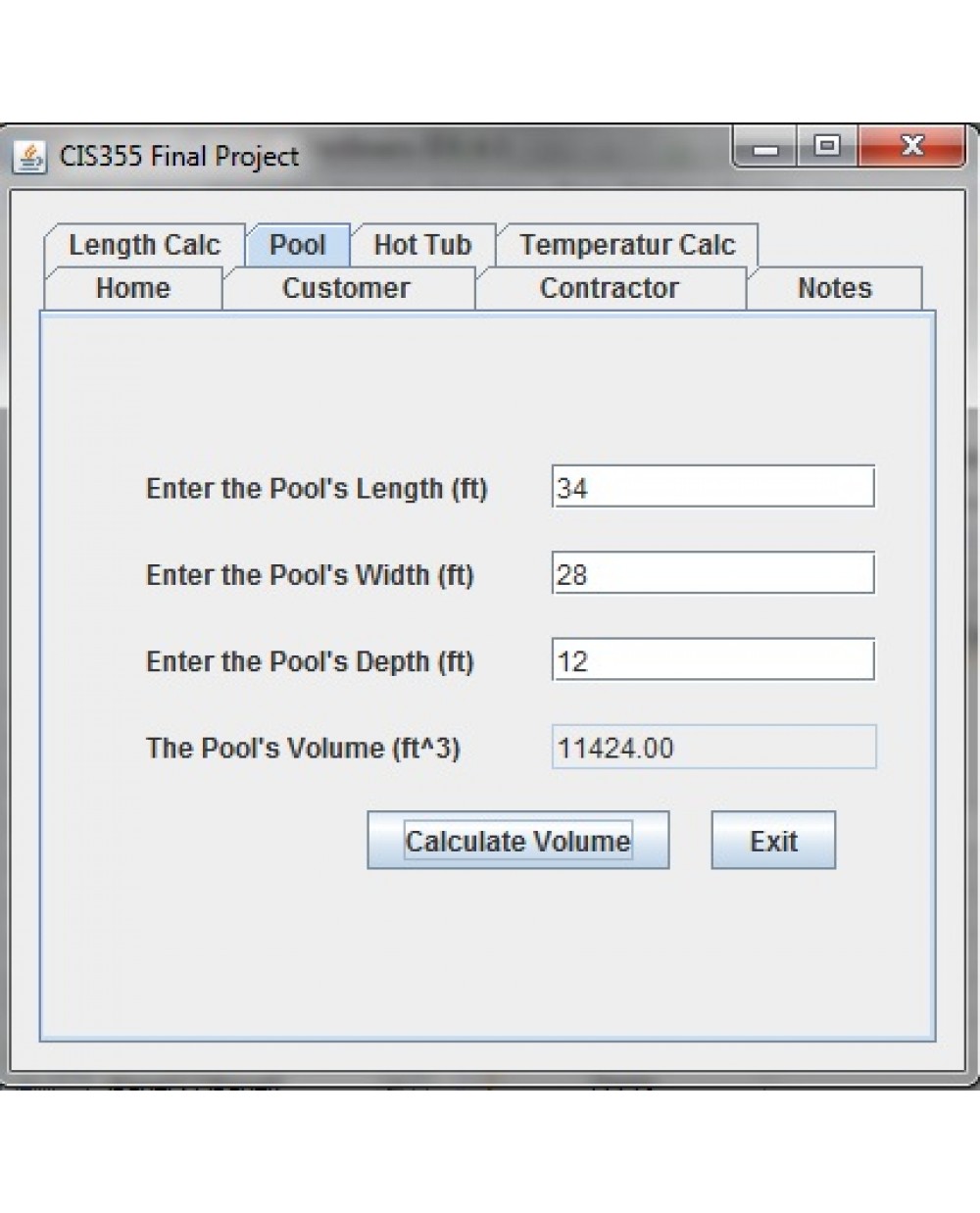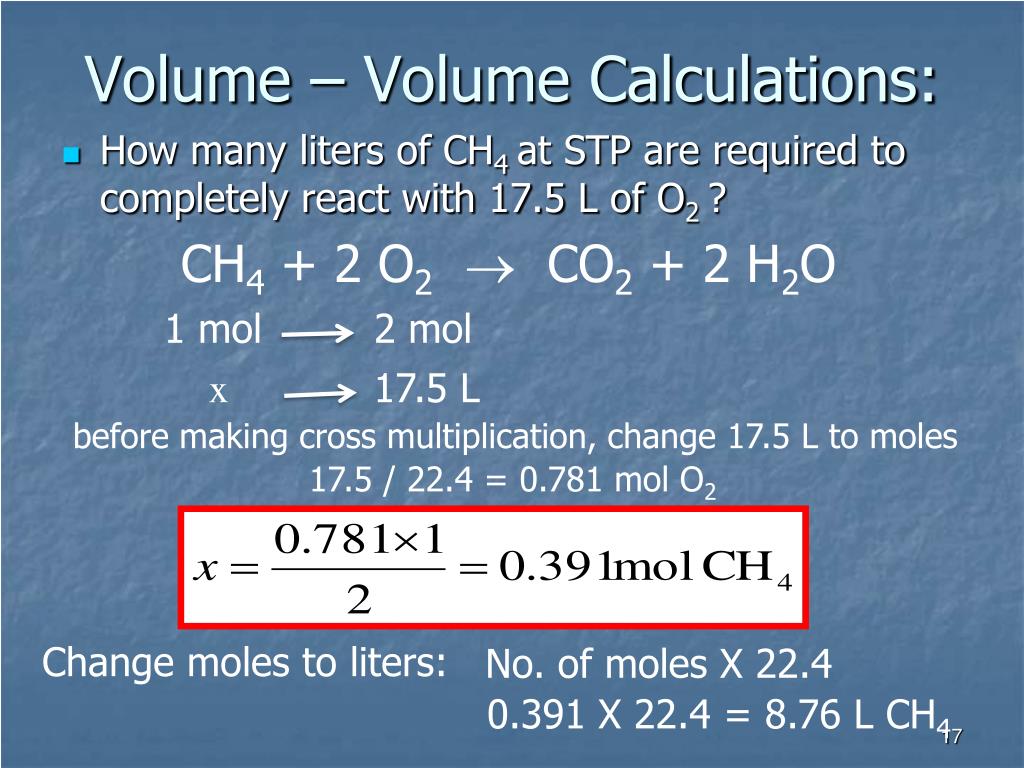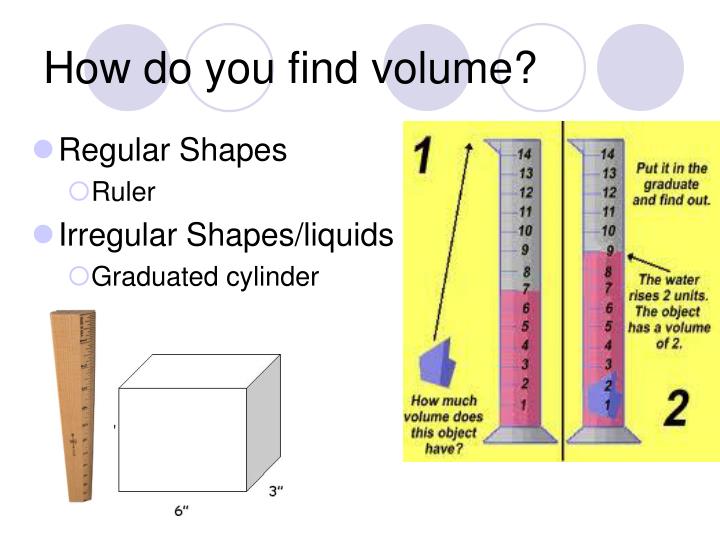
If looking for the volume of a solvent (given the moles, or weight of of. For example, adding 50 mL of water to 50 mL of water will result in a total volume of 100 mL, and adding 75 mL of 100 ethanol to 75 mL of 100 ethanol will result in a total volume of 150 mL. The time to produce trioxime was ∼5 minutes, compared to the legacy synthesis route that requires ∼3 hours. In Chemistry, volume is often used in context with concentration or pressure. When different volumes of an identical solution are added together, the final volume will always be exactly the sum of the individual portions added.

Purified trioxime generated by the scalable rotary evaporator method was analyzed and found to be identical to the traditionally synthesized product.

The reaction in the rotary evaporator was 2.3 × 10 3 times faster than the bulk reaction. The general approach works for volume calculations, too. Mass (m) 25 kg Volume (v) 15 m3 Solution: Apply Formula: d m/v d 25/15 d 1.67 kg/m 3 Density (d) 1. But of course, having this many decimal points isn’t exactly convenient, so to convert to PPM you multiply by 1,000,000 10 6, giving: 0.0002 × 10 6 220 PPM. This advanced online Density Calculation tool is useful in calculating mass (m), volume (v) and density (d) Example: Calculate the Density when mass and volume are known. The electrospinner setup produced product 2.1 × 10 2 times faster than the bulk reaction, consistent with this method being a paper spray ionization thin film technique. So this is basically parts per part, meaning that for one part solution you have 0.0002 parts salt. To scale-up the reaction in thin films, methods based on a rotary evaporator and electrospinner were explored. All of the small-scale confined volume systems accelerated oxime production compared to traditional methods, with thin films having the highest acceleration factor of 2.5 × 10 2. Seven confined volume systems, including three microdroplet setups, Leidenfrost droplets, and three thin film techniques, were compared to evaluate which method was ideal for the acceleration of oxime formation. For this to work, the density must be defined using the same units of mass and volume as referenced in the rest of the formula. Herein, the oximation of phloroglucinol with hydroxylamine to form cyclohexane-1,3,5-trione trioxime was explored. To convert weight (mass) to volume, divide the mass of the substance by the density. Knowing the shape of an object allows you to choose the proper formula and make the necessary measurements to calculate.

Confined volume systems can drastically accelerate reactions through microreactors such as microdroplets, Leidenfrost droplets, or thin films. To synthesize oximes faster than traditional bulk reactions, confined-volume techniques can be used. Specifically, cyclohexane-1,3,5-trione trioxime is a precursory compound in the synthesis of 1,3,5-trinitrobenzene (TNB). Oximes are important functional groups in compounds used for manufacturing, medicinal, and defense applications.


 0 kommentar(er)
0 kommentar(er)
